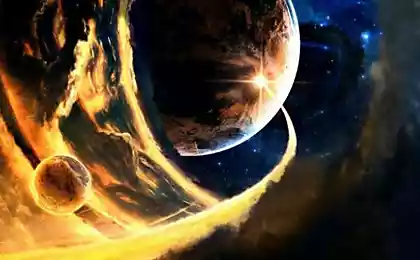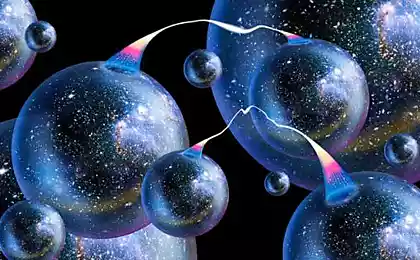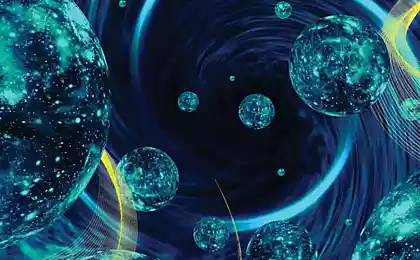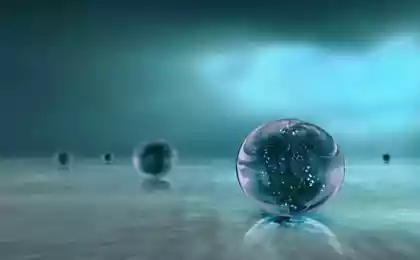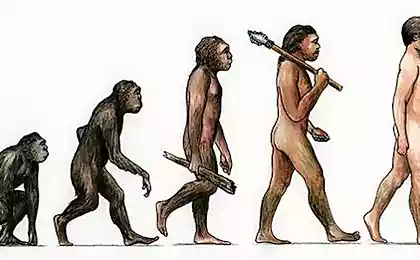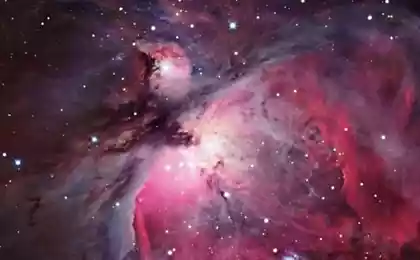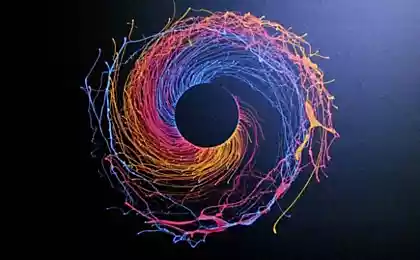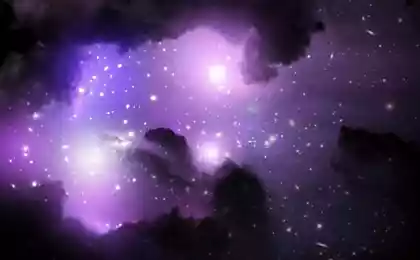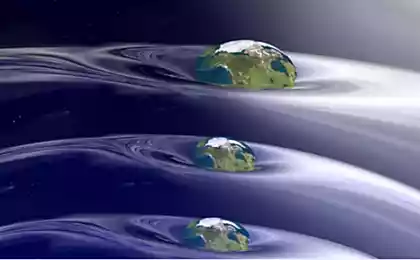495
Why scientists don't like the theory of multiple universes
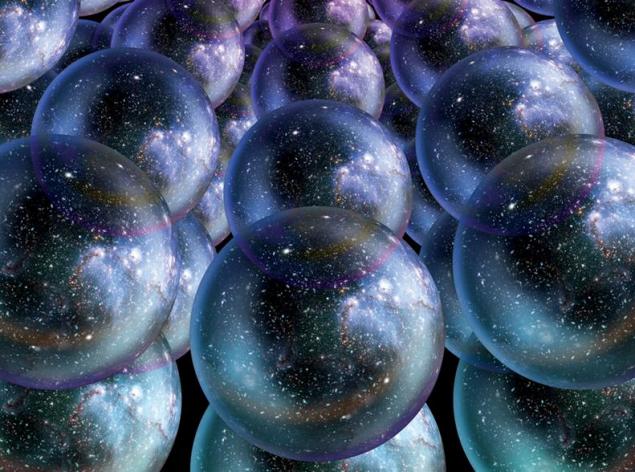
Recently, we often turn to the concept of the multiverse (the multiverse, the multiple universe), so you should refresh your memory of its key points. Imagine that you're you, but instead eat an Apple or a cookie for Breakfast this morning, you ate pizza. Or imagine that you — it's not you, because protons are not working as where you are, and atoms are not formed, and the whole universe is dead. Or imagine anything you want, because when we talk about multiple universes, we assume an infinite number of possibilities. It's a good idea, but it is often criticized by physicists and skeptics.
First, let's talk about how multiple universes has gained popularity — and why she's not popular among some scientists, who argue that this is more philosophy than science. We start with the Standard model of particle physics adopted in the General model of fundamental matter and forces existing in the Universe. While we have seen all its components: matter particles (like electrons and protons) and the four forces that interact with them.
One of the problems of the Standard model was that although we know that particles have mass, we could not figure out where it was taken. When scientists observed the Higgs boson in 2012, experiments at the Large hadron Collider, the last part of the puzzle called the Standard model fell into place: the Higgs field composed of Higgs bosons that allows particles to gain mass. It was a celebration for science, and all went home to solve more important issues.
However, all the problems of science, this discovery was not decided. Although the Standard model works fine for everything we observe in her huge gaping hole. In attempts to patch these holes, scientists encounter thinking about the multiverse. Let's look at these gaps in the Standard model to understand what can help the idea of multiple universes.
There are some serious questions that the Standard model is not consistent. For example, how gravity fits into the Standard model and how you can combine the three other fundamental interactions into one. Another question is, is the universe mostly consists of dark matter and energy, which we never watched and have no idea what these components are presented. Third, although we observed the Higgs boson at the Large hadron Collider, and its mass is unremarkable. He had to be incredibly large, but this did not happen. Now you and I — if you, of course, world-famous physicist might think, "damn, it seems the Standard model is not quite standard and not quite the model. Let's go back to the drawing Board and create an Alternative to the Standard model that explain it."
But he should not forget that the Standard model is largely confirmed; in other words, all that predicted the Standard model, we observed. To abandon the Standard model is not necessary: you just need to understand physics, she explains.
We live in interesting times, as they try to look beyond the Standard model, in particular due to the Large hadron Collider. It works by colliding protons at incredible speeds — nearly the speed of light (therefore called a particle accelerator). When protons collide, is micro the Big Bang, which reproduces the conditions in the early Universe. We can look at the fragments that fly out from under the colliding protons, trying to find some particles that can lead us beyond the Standard model and help us to answer the questions that this model is not consistent.
So we have to say "thank you" to the Large hadron Collider because it provided a fertile time for particle physics. But some scientists believe that the reward TANK is not for that. Because after Higgs he found nothing. And it's not very good, because one of good ideas to close the gaps in the Standard model was the idea of supersymmetry. In short, supersymmetry says that for each known particle, its charge and mass, there is not yet seen superpartner, which will be much harder.
Supersymmetry offers an elegant and natural solution to a number of issues associated with the Standard model. It offers a real candidate for dark matter (in the form of superpartner), explains the differences in the masses and can even combine the three fundamental interactions into one of high energy. Unfortunately, the TANK has not yet discovered any superpartner, although it has had within the mass of the Higgs. In addition, no evidence of supersymmetry, we also yet.
And here comes into play the theory of multiple universes. This is another extension of the Standard model that aims to explain some of the questions that has no answer CM. And it's fucking contradictory. In fact, the idea of the multiverse (and there are a lot of ideas) argues that in space there is not only one universe. Although things work as they are in our little corner, there is no guarantee that it is a constant, natural order which cover the entire Physics with a capital F.
The idea of the multiverse has acquired different forms. Maybe we live in a universe that is in the universe, which is also located in another universe, and so on to infinity. Maybe we live in the universe-there is an infinite field of universes. Maybe we live in the universe of universes, where anything can happen, because every possibility has its own universe. In any context, multiverse will include an important point: we are an accident. Our universe was not specially configured for the desired constants, which allowed us and all of creation to take place. We — just a statistical probability that in an infinite number of universe will appear similar to ours, the particles formed into atoms, molecules, grass, air, the stars, the "kinder-surprises" and people.
A lot of physicists are not ready to accept this idea. Why study a universe in which there is nothing to open? If it's just a set of statistical coincidence — that our world works as is, why try to figure out what energy join forces? It's just a number. But apart from this, some physicists agree that the theory is completely ridiculous, because it can neither be proved nor disproved.
Of course, science is often based on serious issues that are not always easy to check, and rightly so. We can't just deduce ideas based on facts, otherwise would have never had the spark of creativity, which brings us beyond the already known. But physicists still rely on hypotheses that can be tested, everything else is believing philosophy.
But what really upsets some physicists, multiple universes and other unverifiable in the form of theories like the string is that we have no chance to see other dimensions (or feel, or hear). If we are unable to test them, they never go beyond the theory, beyond the conversation at dinner on the theme "what if...".
Of course, many scientific theories were not easily verifiable from the start. The problem with the multiverse is that it makes us stop to look at things that we see and try to see what we see. However, attempts to reveal the secret of seeing things, and with this many would agree, far more important than the pursuit of hypothetical things that we will never take.
Source: hi-news.ru

